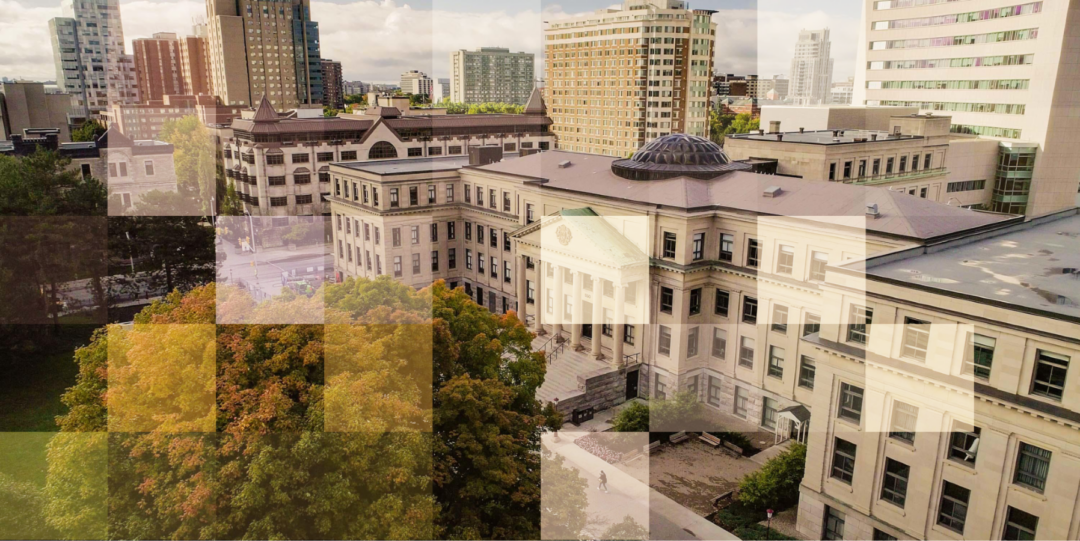With a change of prime minister imminent and a new president over the border, the Canadian public service faces a year of change – at a time when the government is also in the midst of an efficiency drive. Michael Wernick sets out why the public service will need innovation, creativity, continuity and resilience in the 12 months ahead.
Original post on January 20, 2025
Chilly January has brought answers to at least two big questions that were hanging over the Canadian public sector last autumn. Yes, Donald Trump will begin a second term as president and yes, Justin Trudeau will step down as prime minister. “Hang up his skates” is the Canadian metaphor.
Over the past few weeks other elements of clarity have gradually emerged, like an old Polaroid snapshot coming into focus, and more will be added in coming days.
It is shaping up to be a year of three prime ministers, as was 1984 and 1993. British readers may be triggered by their memories of 2022. On March 9, the Liberal party will announce its new leader and soon thereafter that person will be sworn in as prime minister and attempt to launch a refreshed government. However, Parliament is scheduled to resume sitting on March 24 and unless one of the three opposition parties has a change of heart, the government will fall soon after on the first available test of confidence.
Read more: Next steps for government transformation: Canada’s digital leaders issue a call to action
That makes a May election highly probable, and unless there is going to be a dramatic comeback from current dismal polling, the Liberals are going to lose to the Conservative party led by Pierre Poilievre. That means a second transition of power in late May or early June. The second half of the calendar year will be dominated by the early moves of a new national government. So far, there aren’t a lot of specific promises or proposals to anticipate and plan toward.
That would be enough to make 2025 an interesting and demanding year for parts of the federal public service. Some units will work closely on the transition of power and preparing advice. Other teams will soon be adapting to new ministers and new priorities. Quite likely there will be two sets of changes to at least some government structures, to some senior personnel, and to the decision-making processes centred on cabinet.
The next Liberal government, and the Conservative one likely to come after it, will inherit a number of issues closely related to the public service. These include decisions about hybrid work and pension plan premiums, how to respond to class action litigation on behalf of Black employees and retirees, lingering problems with government procurement and the pay system, a taskforce report on employment equity, and a yet-to-be-completed taskforce on public service productivity. Another round of collective bargaining is coming in early 2026.
All of this is coloured by growing sentiment in favour of a deeper review and renovation of the public service and related pressure for greater fiscal restraint and deeper spending cuts. That adds to the uncertainty about what may come after the election.
Public servants of my generation have been through one or more changes of government and one or more spending reviews and periods of austerity. That gives us more confidence in the resilience and adaptability of the public sector than the many newer public servants who have joined as part of the dramatic growth in numbers since the pandemic. For them the next six months are the peak of uncertainty about future cuts and changes. The public servants with the least job security are the 20% or so in “term” or time-limited positions, who skew younger, and the very highest ranks whose appointments can be quickly revoked.
Read more: Government of Canada names working group on public service productivity
How will Canada respond to president Trump?
Looming over all of this is that we are now all living in Donald Trump’s world. For Canada this is bringing truly existential issues to the agenda. Trump’s threats to impose high tariffs on imports would be bad enough, but they have come with bluster about erasing the border, stopping the clock on our 158-year history as a country, and annexing us as a state (or more likely a federal territory like Puerto Rico).
Canadians are unsettled and all over the map on how to interpret Trump and how to respond. Some see this as shrewd positional bargaining, and others as bluff and bluster or the ravings of a mad monarch. Some counsel appeasement and others urge retaliation. Our provincial premiers are divided.
Trump will create many ripples into the agenda of Canada’s governments, including trade, defence, energy, migration, border security, water. We will also see the effects of America’s shift to the right on company-level decisions in Canada on matters like climate warming and diversity and inclusion. Elon Musk, who spent a few years in Canada as an undergraduate, will lob in his opinions, as he has done in Germany and the UK.
Of the 41 million Canadians, we are down to about five or six people who have a serious chance to be prime minister later this year, with varying degrees of probability. One of the tests in the minds of voters is surely who would be best placed to deal with Trump.
One thing prime ministers and ministers can count on is a federal public service that will do its imperfect best to support their government with analysis and advice as it wrestles with decisions, and that will continue to deliver programmes and services that strive for greater security, prosperity and opportunity for all of us, just as it did during the pandemic and the global financial crisis that came before.
There are times when innovation and creativity are needed from the public sector and there are times when continuity and resilience are called for. 2025 is shaping up to be both. May you live in interesting times? We are in them.

